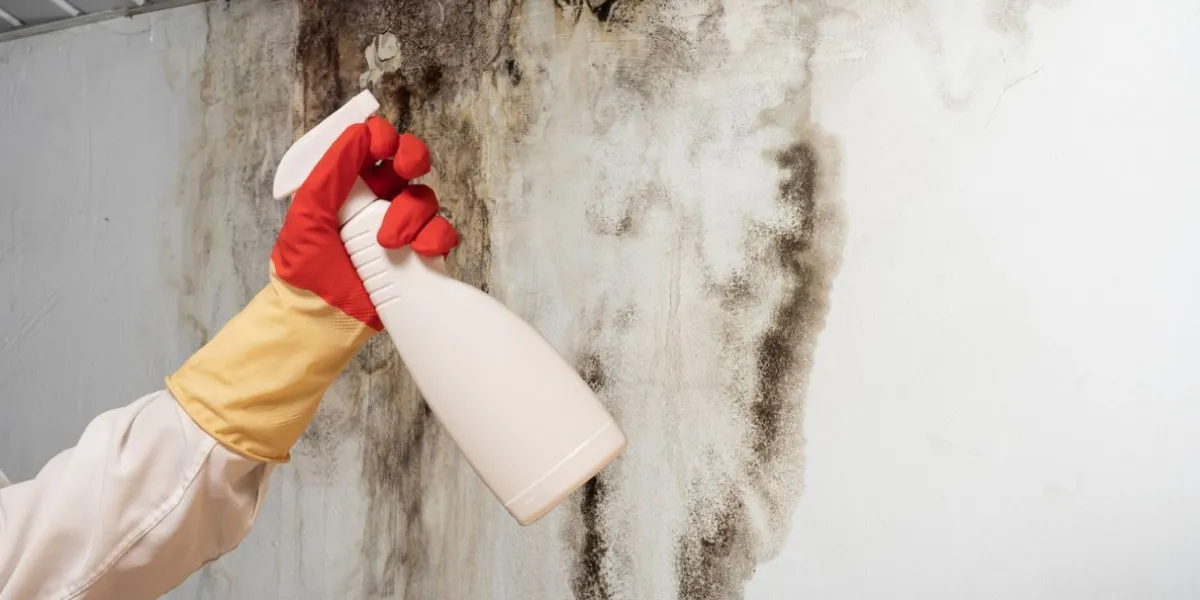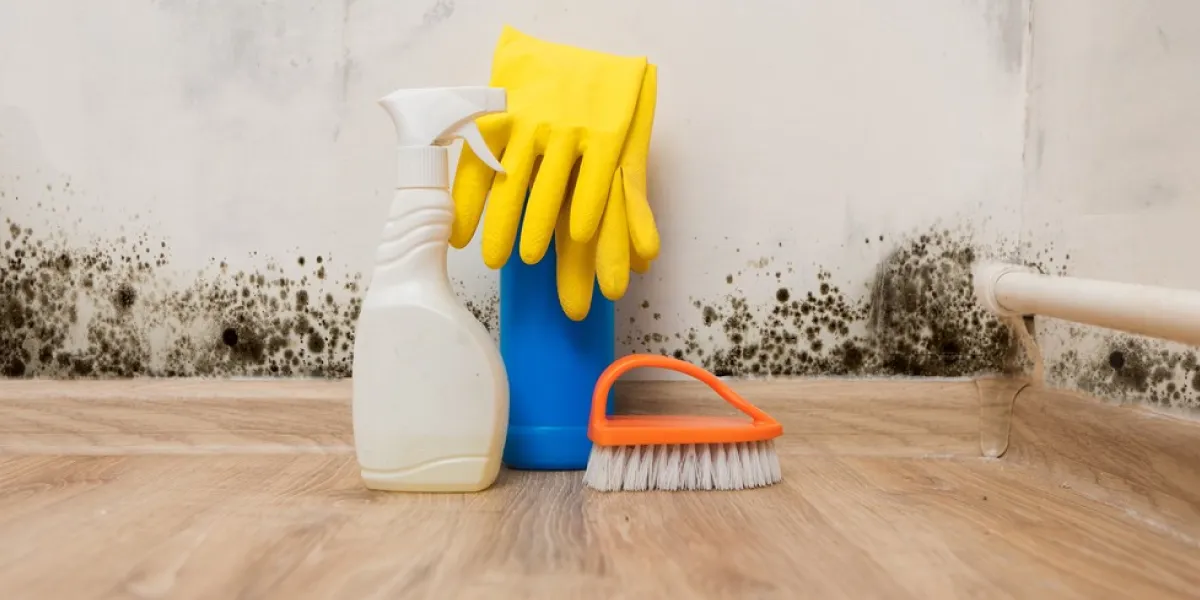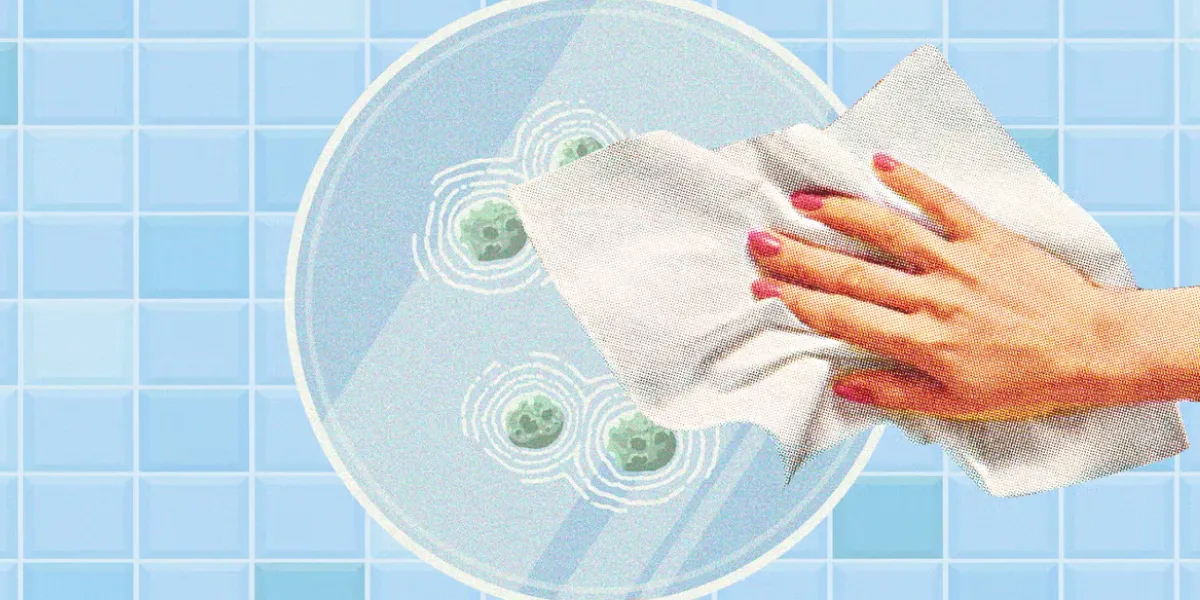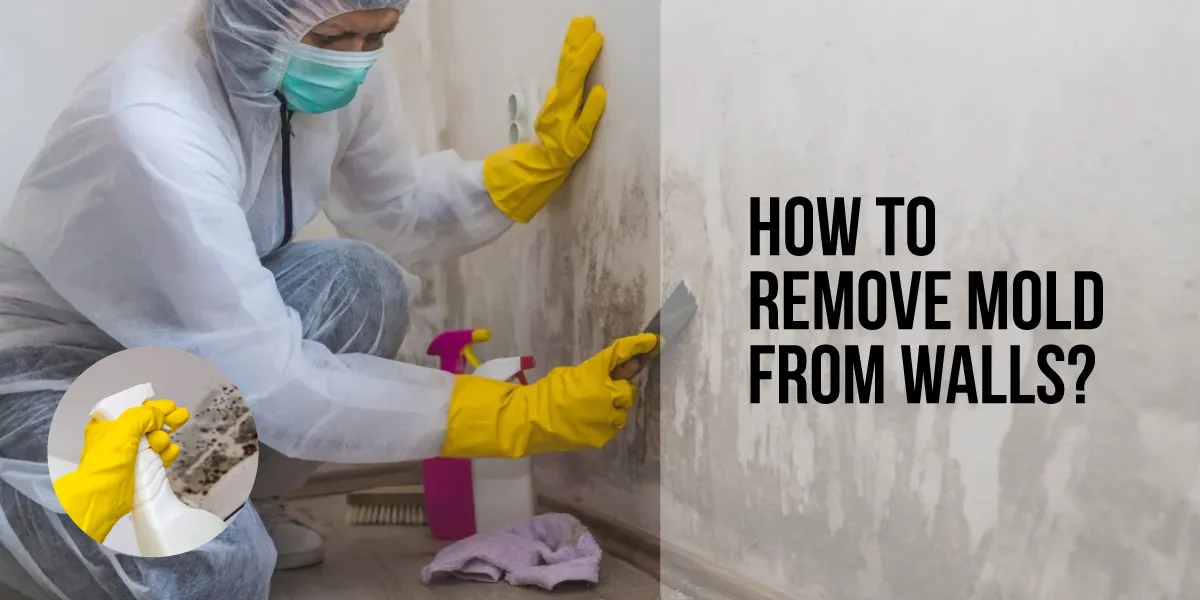Mold growth on walls can be a serious issue, not only affecting the aesthetic appeal of your home but also posing health risks and potential structural damage. Mold thrives in damp environments, making areas like bathrooms, kitchens, and basements particularly susceptible to its growth. If left unchecked, mold can spread rapidly, leading to respiratory problems, allergic reactions, and even long-term health issues.
Understanding how to remove mold from walls effectively is essential for maintaining a healthy and safe living environment. This guide provides a step-by-step approach to identifying, treating, and preventing mold growth on walls, ensuring that your home remains a safe and comfortable space for you and your family.
Remove mold from walls

Removing mold from walls is a crucial step in maintaining a healthy and safe living environment. Mold growth can occur in damp areas of your home, such as bathrooms and kitchens, and can lead to health issues and structural damage if left unchecked. Here’s a comprehensive guide on how to remove mold from walls effectively.
Key Steps to Remove Mold from Walls:

Prepare the Area: Before starting the removal process, ensure the area is well-ventilated and protected. Wear protective gear such as gloves, goggles, and a mask to avoid exposure to mold spores.
Assess the Damage: Evaluate the extent of the mold growth to determine the best removal method. For severe cases, professional remediation may be necessary.
Choose the Right Cleaning Solution: Depending on the surface type (e.g., tile, drywall, or painted walls), use appropriate cleaning solutions such as bleach, vinegar, or baking soda mixed with water.
Apply the Solution: Spray or apply the cleaning solution to the moldy area and let it sit for a specified time (usually 10-30 minutes) to allow the solution to penetrate and kill the mold spores.
Scrub and Rinse: Use a stiff brush or sponge to scrub the affected area gently but thoroughly. Rinse with clean water and dry the area completely to prevent further moisture accumulation.
Prevent Future Growth: To prevent mold from returning, maintain optimal indoor humidity levels (between 40-60%), use dehumidifiers, and ensure good ventilation in damp areas.
What are the best DIY methods to remove mold from walls?
Removing mold from walls can be done effectively using various DIY methods, provided the affected area is not too large and you take necessary safety precautions. Here are some of the best DIY methods:
Bleach Solution
Preparation: Mix one part bleach with three parts water in a spray bottle.
Spray the solution onto the moldy area, let it sit for a few minutes to allow the bleach to kill the mold spores, then scrub gently with a soft brush or sponge.
Use clean water to rinse the area thoroughly and let it air dry.
White Vinegar
Preparation: Fill a spray bottle with undiluted white vinegar.
Spray the vinegar onto the moldy surface, let it sit for an hour to allow the acid to kill the mold.
Use a soft brush or sponge to gently scrub the area, then rinse with clean water and let it air dry.
Hydrogen Peroxide
Preparation: Use a 3% concentration of hydrogen peroxide in a spray bottle.
Spray the solution onto the moldy surface, let it sit for 10 minutes to allow the peroxide to kill the mold.
Scrub the area gently with a soft brush or sponge, then rinse with clean water and let it air dry.
Baking Soda
Preparation: Mix baking soda with water to create a paste.
Apply the paste to the moldy area, let it dry completely.
Use a soft brush or sponge to scrub the area, then rinse with clean water and let it air dry.
Safety Precautions
Use gloves, goggles, and a respirator mask to protect yourself from mold spores.
Use plastic sheeting to cover doors, windows, and vents to prevent mold spores from spreading.
Open windows and doors to promote airflow and reduce the risk of inhaling mold spores.
What are the best tools to use for removing mold from walls?

Personal Protective Equipment (PPE):
- Respirators and Masks: Use N95 respirators or masks with HEPA filters to protect against inhaling mold spores.
- Gloves: Wear nitrile or rubber gloves to prevent skin contact with mold.
- Goggles: Use safety goggles to protect your eyes from mold spores and cleaning agents.
- Disposable Coveralls: Wear Tyvek suits or similar protective clothing to prevent mold spores from coming into contact with your skin.
Cleaning Tools:
- HEPA-filtered Vacuum: Use a vacuum with a HEPA filter to remove loose mold spores.
- Scrub Brushes and Sponges: Use these to gently scrub affected areas.
- Disposable Rags or Paper Towels: Use these to clean and dry surfaces.
Cleaning Solutions:
- Bleach Solution: Mix one part bleach with three parts water for non-porous surfaces.
- Vinegar and Baking Soda: Mix equal parts vinegar and water or make a paste with baking soda and water for a natural, eco-friendly option.
- Hydrogen Peroxide: Use a 3% concentration for effective mold removal.
Containment and Ventilation:
- Plastic Sheeting and Tape: Use these to contain the affected area and prevent mold spores from spreading.
- Air Movers and Dehumidifiers: Use these to improve airflow and reduce humidity, making it harder for mold to grow.
Specialized Equipment:
- Air Scrubbers: Use these to remove airborne mold spores and other contaminants.
- Moisture Meters: Use these to detect and measure moisture levels, helping you identify and address the root cause of mold growth.
Summary
Removing mold from walls requires careful preparation, the right cleaning solutions, and thorough scrubbing and drying. By following these steps and maintaining a dry and well-ventilated environment, you can effectively remove mold and prevent its recurrence. Regular inspections and prompt action on any water leaks or moisture issues are also crucial in preventing mold growth.


